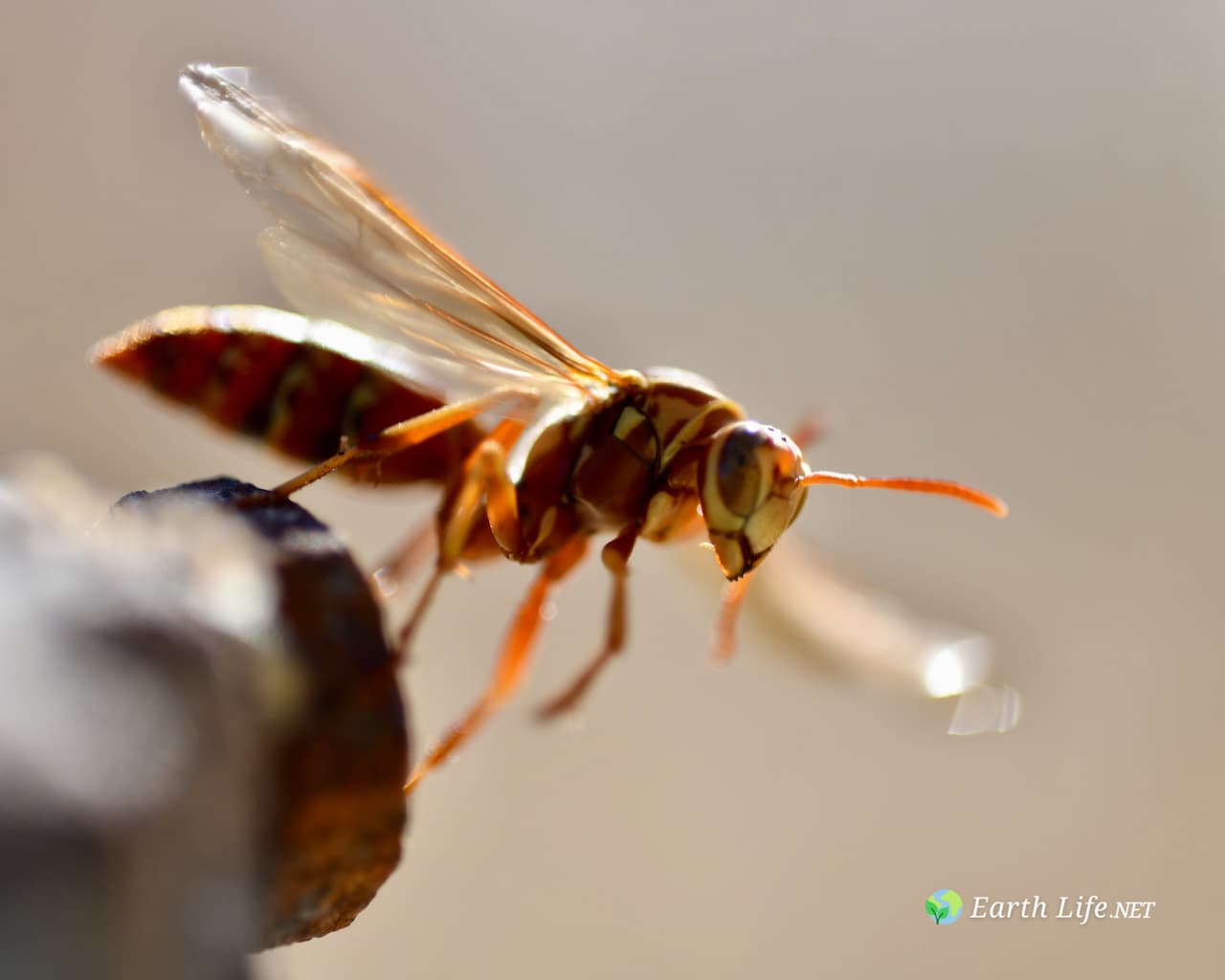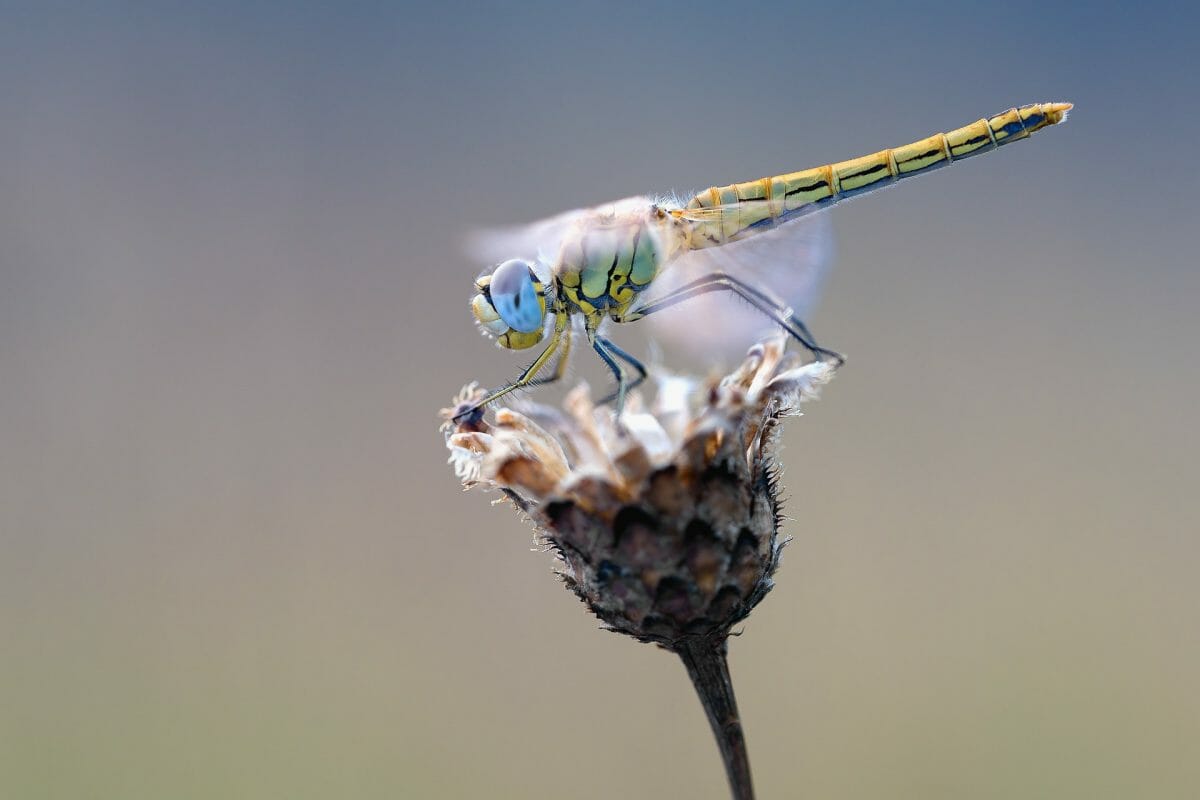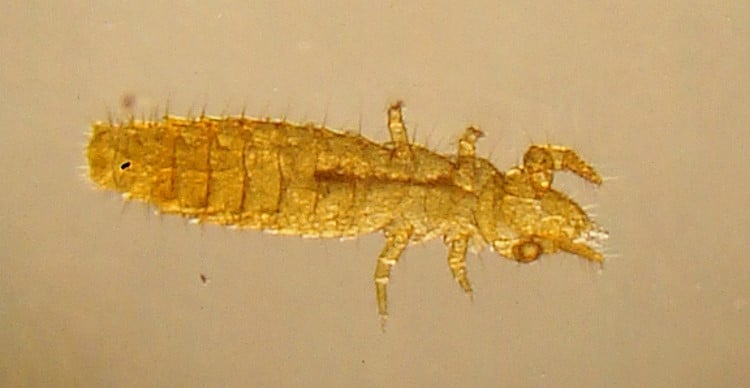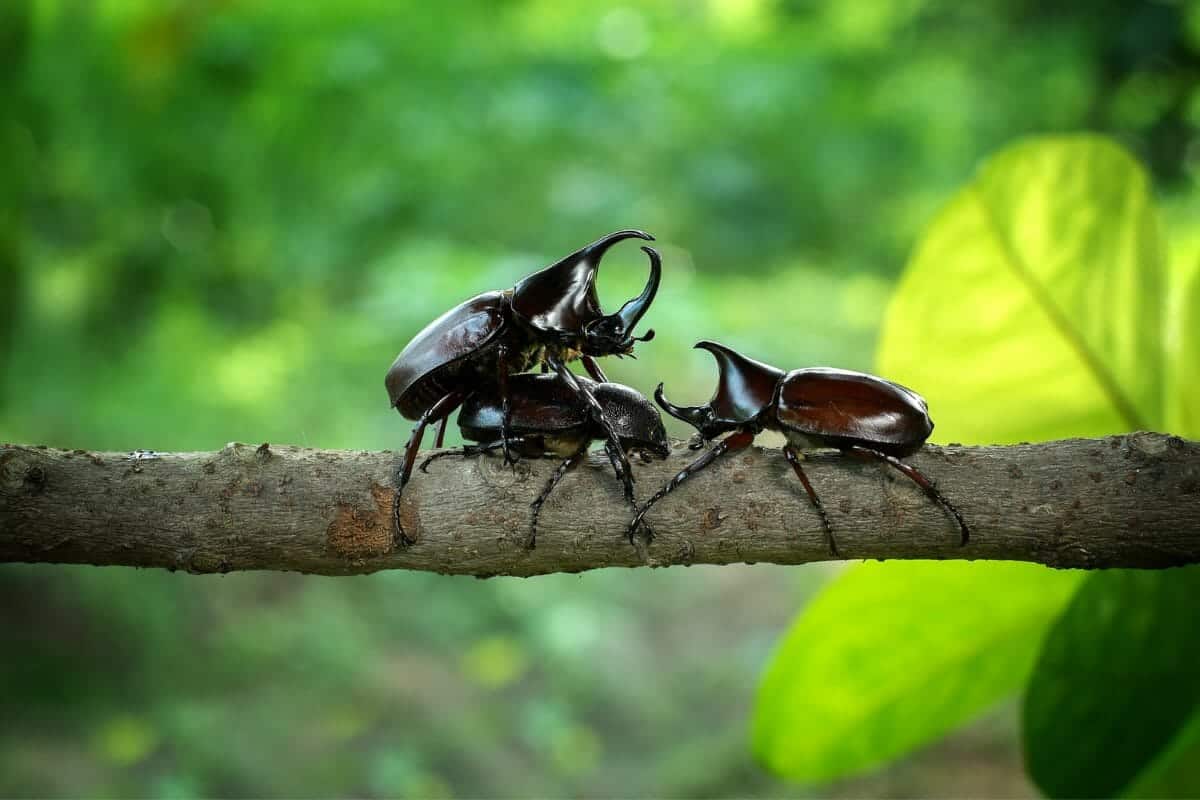Leafhoppers
Leafhoppers (Homoptera Cicadellidae)
Leafhoppers belong to the diverse insect family Cicadellidae in the order Hemiptera. With over 22,000 described species, they represent one of the most species-rich families of plant-feeding insects globally.
Leafhoppers have an extensive evolutionary history since originating in the Jurassic period almost 200 million years ago. Over time, leafhoppers have undergone extensive speciation and now inhabit a wide array of ecological niches across most biomes on Earth.
In this article, we will provide a thorough overview of leafhopper diversity, biology, ecology, behavior, economic significance, threats, and research/conservation priorities worldwide. The tremendous taxonomic richness, morphological and ecological adaptations, complex tri-trophic dynamics, and pest status of certain species make leafhoppers an important group warranting dedicated research attention.

Taxonomic Diversity
The family Cicadellidae encompasses remarkable morphological and behavioral variety reflecting adaptations to diverse ecological niches globally. Leafhoppers range from just a few millimeters to over 50 mm long as adults. They exhibit a striking spectrum of colors, shapes, patterns, and physical features. This great diversity poses challenges for taxonomists classifying the world’s leafhoppers.
Leafhoppers are categorized primarily based on morphological traits of the head, thorax, wings, legs, and male genitalia. Currently, at least 19 subfamilies and hundreds of tribes and genera are recognized within the Cicadellidae. The most species-rich subfamilies globally are the Deltocephalinae, Typhlocybinae, Coelidiinae, Cicadellinae, Iassinae, and Megophthalminae.
Comprehensive taxonomic keys containing detailed illustrations and terminology for leafhopper morphological structures are available in references such as the Catalogue of the Cicadellidae (Homoptera: Auchenorrhyncha) of the World. In recent decades, DNA analysis has also facilitated taxonomic delineation, especially for females and immature stages that lack distinguishing exterior traits.
Many leafhopper species likely remain undescribed, especially in megadiverse tropical regions. New species are described every year, but biodiversity surveys are still needed across extensive areas of the planet to fully inventory global diversity. Engaging members of the public as citizen scientists to document local leafhopper faunas can accelerate species discovery. Worldwide species richness is estimated to surpass 100,000 based on ongoing description rates.
Geographic Distribution Patterns
Leafhoppers have achieved a worldwide distribution, inhabiting every continent except Antarctica. Diversity generally peaks toward the equator, with the highest richness concentrated in tropical regions. However, even temperate and subpolar zones harbor native leafhopper species and sometimes host endemic radiations. Elevation is another factor that influences diversity gradients. Unique leafhopper assemblages can inhabit high mountain ranges, with specialist endemics adapted to alpine conditions.
Island archipelagos are also hotspots of leafhopper diversity and endemism generated by isolated speciation events. Well-known examples include the unique and threatened faunas of the Hawaiian Islands and the Galapagos Islands. Leafhopper subfamilies vary in their distributions across the major zoogeographical realms. For instance, Deltocephalinae predominates in the Neotropics, while Typhlocybinae is the largest subfamily in the Palearctic realm.
Climate, topography, geography, and host plant biogeography combine to shape global distribution patterns in leafhoppers. Even at local scales, microclimates and habitat heterogeneity promote niche partitioning and specialized leafhopper assemblages. In summary, leafhoppers have adapted to successfully occupy a remarkable spectrum of environments across the planet over their ~200 million-year evolutionary history.
Ecology and Natural History
Feeding Ecology
The unifying feature among this ecologically diverse insect family is plant feeding. All leafhoppers feed on sap extracted from vascular tissues via piercing-sucking mouthparts. Nymphs and adults insert their slender stylets into leaves, stems, or bark and consume nutrients from the phloem and xylem. They ingest large volumes of dilute sap and excrete excess water and sugar.
Leafhoppers exhibit a range of host plant specificities, from extreme monophagy, where a species only feeds on one plant species, to broad polyphagy, where they feed across multiple plant families.
Different tribes and genera specialize in certain plant groups like grasses (Poaceae), trees (Salicaceae, Betulaceae), or legumes (Fabaceae). Evolutionary shifts between and within these host plant groups have driven diversification over timescales spanning millions of years.
Life Cycles
The typical leafhopper life cycle consists of egg, nymph, and adult stages. Depending on the species and climate, there may be multiple generations per year or just a single annual generation. Females insert their eggs into living plant tissues using their ovipositor. Leafhopper eggs are incredibly morphologically diverse in shape, structure, sculpturing, and attachment mechanisms.
Nymphs hatch from eggs and progress through instars that involve molting and increasing in size. Leafhopper nymphs resemble small wingless adults but lack fully developed wings and genitalia. Rates of nymph development depend on variables like temperature and host plant quality. Adults are the primary dispersing stage for most leafhopper species.
Mating and Reproduction
Leafhoppers display remarkable diversity in their reproductive behaviors and strategies. Males attract mates using combinations of visual displays, vibrational courtship signals, pheromones, and ritualized dances.
In some species, males also produce nutritious sperm packets, which females consume after mating. Females then search for optimal sites to insert their eggs into leaves, stems, bark, or other live plant tissues. Parental care after oviposition is rare among leafhoppers.
Natural Enemies
Leafhoppers are attacked by a wide suite of predators and parasitoids that exert strong selective pressures on defense, mimicry, and reproductive traits.
Generalist insectivores like birds, bats, rodents, arachnids, and predatory insects all consume leafhoppers as prey. Specialist parasitoid wasps and flies attack both nymphs and adults. Leafhopper mortality is also caused by nematodes, fungi, bacteria, and viruses.
Dispersal
Most leafhopper species are capable of active flight as adults, enabling seasonal migrations over long distances in some cases. However, many lineages have convergently evolved flightlessness for their ecological niches, restricting them to smaller geographic ranges.
Leafhopper nymphs also disperse more locally by walking between plants, influenced by host plant quality and microclimates. Some tiny leafhopper species balloon on winds to passively colonize new habitats.
Economic Importance
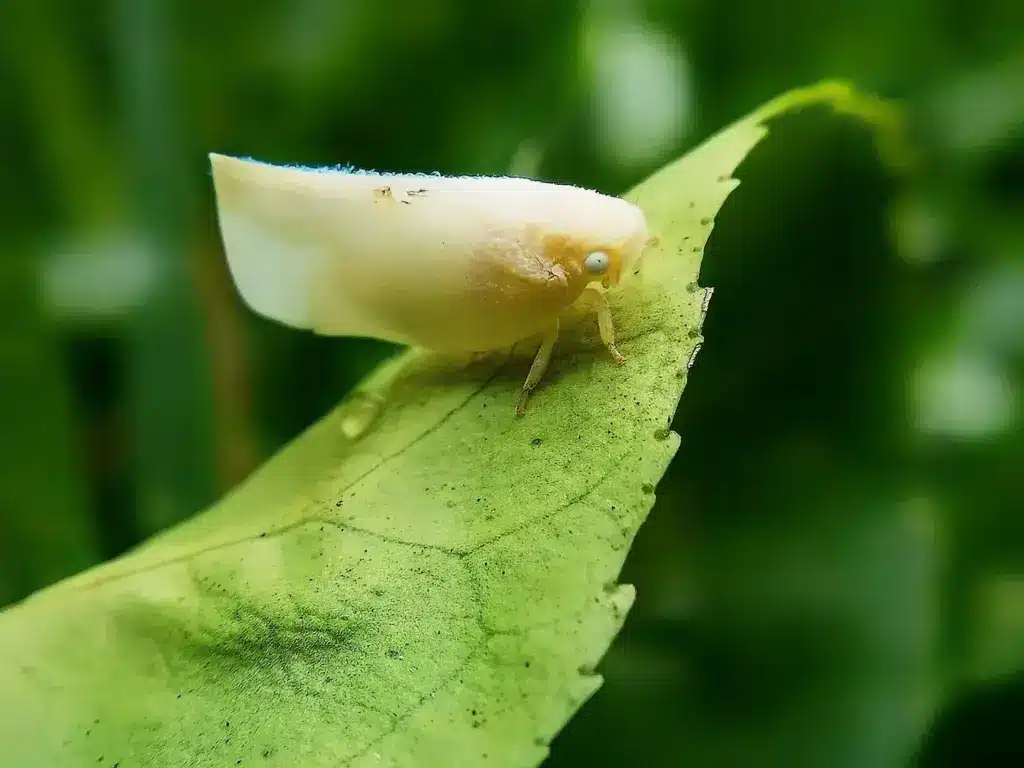
Agricultural Pests
While most leafhoppers are innocuous, some species are serious economic pests in agricultural systems. They damage crops both by directly feeding on plant sap and indirectly by transmitting pathogenic plant viruses and phytoplasmas.
Major pest species include the potato leafhopper, green rice leafhopper, brown citrus aphid, and various Graminella species, which affect yields of potatoes, rice, citrus fruits, grapes, and cereals.
Vectors of Plant Diseases
Leafhoppers transmit a diversity of damaging plant pathogens, including viruses, bacteria, phytoplasmas, and fungi, as they feed on sap. These pathogens cause diseases like aster yellows in lettuce, rice tungro disease, and cocoa swollen shoot virus. Leafhopper-pathogen relationships have evolved over millennia and involve complex transmission mechanisms. Some pathogens alter leafhopper behavior to enhance dispersal.
Unraveling the intricate ecological and molecular factors mediating these disease complexes informs the management of both leafhopper vectors and associated outbreaks globally. Further research on leafhopper-transmitted plant diseases improves agricultural sustainability worldwide.
Beneficial Ecosystem Services
While some leafhoppers are major pests, others provide valuable ecological services. Several genera are predatory, feeding on pest mites, insects, and eggs, which helps naturally suppress populations.
Leafhopper abundance and diversity also help sustain populations of beneficial insectivorous birds, bats, and predatory arthropods like spiders. Most leafhoppers are innocuous sap feeders that do not damage plant health.
Management Approaches
Various tactics are employed to control problematic leafhopper pests and the plant diseases they vector. Cultural controls like intercropping and crop rotation help disrupt pest cycles. Resistant crop varieties can protect feeding and pathogen transmission. Biological control utilizes natural predators and parasitoids.
Chemical control relies on selective insecticides to reduce non-target effects. An integrated pest management approach that sustainably combines multiple tactics is ideal.
Threats to Leafhopper Conservation
Several major anthropogenic threats jeopardize global leafhopper conservation and require research and mitigation:
Habitat Loss and Degradation.
Conversion of natural ecosystems like forests, grasslands, and wetlands to intensive agriculture is the biggest threat to leafhopper diversity worldwide.
The creation of protected areas that encompass diverse ecosystems can help maintain populations and prevent extinctions. Corridors reconnecting fragmented habitats will facilitate range shifts under climate change.
Agrochemical Pollution
Pesticides, chemical fertilizers, herbicides, and other agrochemicals used in conventional industrial farming systems can have unintended impacts on non-target leafhopper species, their host plants, natural enemies, and mutualists. Integrated pest management and organic approaches reduce chemical usage while sustaining farm productivity.
Invasive Species
Trade has facilitated the accidental transport of exotic leafhoppers globally, threatening native faunas through competition for resources, alteration of habitat conditions, and displacement of endemic species.
Quarantine measures, risk assessment protocols, inspection of trade vectors, and rapid response frameworks to eradicate incursions can mitigate invasion risks. Public education is also vital.
Anthropogenic Climate Change
Global warming can decouple leafhopper and host plant phenologies, reducing survival if life cycles become misaligned.
Ranges will shift poleward and to higher elevations as environmental conditions change, potentially resulting in extinctions for species unable to sufficiently disperse or adapt. Monitoring populations and providing habitat connectivity will promote resilience to climate shifts.
Research Needs and Priorities for Leafhopper Conservation
Substantial knowledge gaps exist that impede the development of science-based worldwide leafhopper conservation and management strategies. Urgent research priorities to fill these gaps include carrying out comprehensive biodiversity surveys and inventories, especially in megadiverse tropical countries where leafhopper diversity remains very poorly documented.
Molecular genetics techniques such as DNA barcoding and phylogenomics should be utilized to elucidate evolutionary relationships, biogeography, climate change resilience, and adaptive potential of leafhoppers globally.
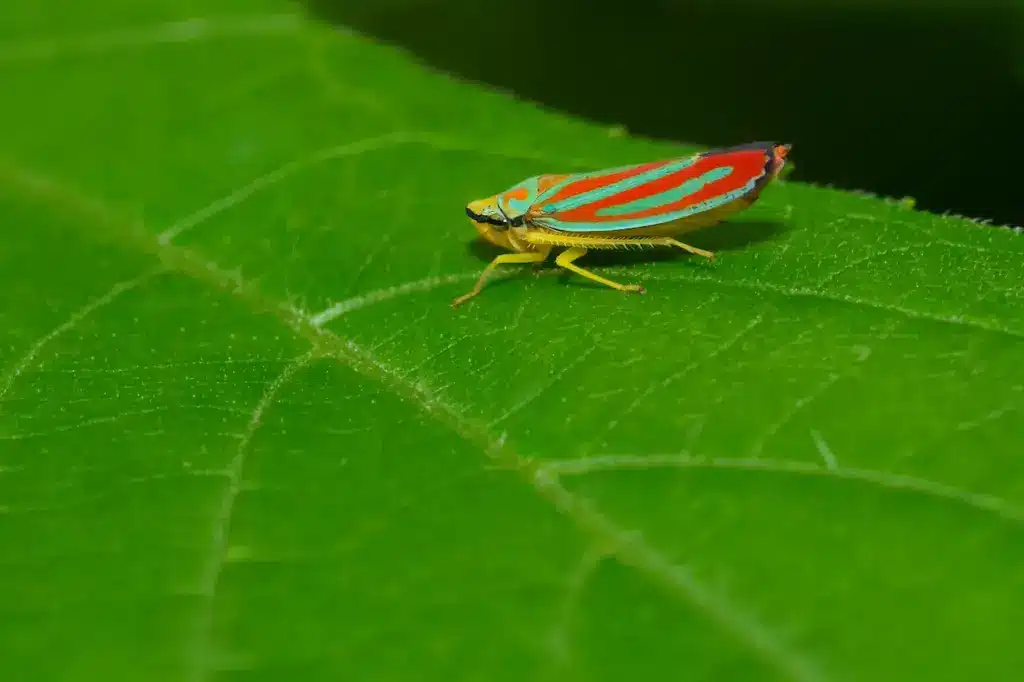
Detailed field studies and experimental manipulations are needed to investigate tri-trophic ecological dynamics involving leafhoppers, their host plants, natural enemies like predators and parasitoids, and their symbionts and pathogens. Another priority is quantifying the ecosystem services provided by leafhoppers, such as nutrient cycling, pest suppression, and sustaining wildlife populations dependent on leafhopper prey.
Long-term monitoring of populations, combined with habitat association modeling and IUCN Red List threat assessments, will help identify species at greatest risk of extinction that need urgent, targeted conservation action. Research into factors regulating leafhopper natural enemy communities of parasitoids, predators, and pathogens may reveal biological control opportunities to sustainably manage destructive pest species.
Finally, elucidating ecology and developing management frameworks is critical to mitigating the impacts of invasive alien leafhopper species on agriculture and native biodiversity worldwide. Synthesizing all this data through creating online libraries and resources on leafhopper taxonomy, biology, ecology, distributions, photos, and identification will help mobilize current knowledge to inform worldwide research and conservation efforts going forward.
Recommended Leafhopper Conservation Actions
Partnerships between diverse stakeholders, including leafhopper researchers, land managers, farmers, industry representatives, policy makers, and the public, are needed to develop practical conservation strategies that integrate biodiversity protection and sustainable economic development. Recommended priority actions include expanding networks of protected areas specifically designed to maintain native leafhopper diversity, encompassing the full range of ecosystem types leafhoppers inhabit.
Restoring degraded habitats and establishing connectivity corridors to link fragmented landscapes will facilitate leafhopper movements and range shifts under climate change. Transitioning to agroecology and integrated pest management approaches that minimize the use of agrochemicals is important to reduce impacts on non-target leafhopper species globally.
Updated international protocols are needed to regulate trade pathways and establish rapid response teams to intercept invasive leafhoppers before they can establish and cause ecological or agricultural damage. Expanded monitoring programs leveraging both professional scientists and citizen scientists can help identify species most vulnerable to extinction that require urgent management interventions.
Exploring traditional ecological knowledge and community co-management arrangements may reveal innovative place-based approaches to sustain leafhopper biodiversity and mitigate pest outbreaks.
Finally, environmental education and citizen science initiatives will help build public understanding of worldwide leafhopper conservation issues and engage broader participation in research and conservation actions.
Role of Leafhoppers in Nutrient Cycling and Energy Flow
Leafhoppers play an important role in nutrient cycling and energy flow through food webs as abundant primary consumers in most terrestrial ecosystems worldwide. The sap-feeding of both nymphal and adult leafhoppers transfers significant amounts of energy and nutrients from plants to higher trophic levels. Leafhopper excrement also returns nutrients to soil systems.
Estimates suggest leafhoppers consume between 5-10% of the total photosynthate produced in some plant communities. By transferring energy and nutrients through the ecosystem, leafhoppers help drive food web dynamics and support higher consumers from insect predators to birds.
Cultural Significance of Leafhoppers
Leafhoppers has cultural importance for some human societies, especially in Asia. In Japan, leafhoppers represent a popular artistic motif reflected in artworks, poetry, and fabric prints. Certain species are also kept as pets, valued for their appearance and song.
Leafhoppers feature in the folklore of several Asian groups sometimes used metaphorically or symbolically. They can represent steadfastness, rebirth, summer, and rice agriculture. More research is needed on the ethnobiology of leafhoppers worldwide to further document their cultural connections to human societies. Protecting cultural keystone species like iconic leafhoppers may help conserve biodiversity and inspire conservation engagement.
Paleontology and Evolutionary History
The extensive fossil record of leafhoppers provides insights into their evolutionary origins and radiation over 200+ million years. The oldest definitive leafhopper fossils date to the Early Jurassic, around 190 mya.
Primitive groups of Cicadellidae were already present and widespread in the Cretaceous 100 mya. Paleoclimate shifts and the rise of angiosperms as dominant land plants shaped major diversification. Leafhopper fossils are preserved in amber deposits and sedimentary rocks globally.
Comparing modern and extinct taxa reveals patterns of morphological change and allows reconstruction of ancient biogeography and ecology. Fossils also provide calibration points to date leafhopper phylogenies. Continued study of fossil leafhoppers across geological timescales sheds light on their evolutionary success.
Citizen Science Initiatives for Leafhopper Monitoring
Expanding citizen science initiatives focused on leafhoppers could greatly aid conservation efforts worldwide. Online resources providing identification guides geared to beginners could enable public contributions to documenting diversity.
Smartphone apps allowing community scientists to log leafhopper sightings and submit photos could generate valuable spatiotemporal datasets on species distributions and abundances.
This crowdsourced data could complement professional surveys and ecological modeling to track populations over time. Outreach through schools, museums, reserves, and other organizations can train interested citizens to proficiently monitor and conserve local leafhopper biodiversity.
Conclusion
Leafhoppers are among the most ancient, abundant, morphologically and ecologically diverse, and economically significant insect families. For over 200 million years, these plant-feeding specialists have diversified extensively and now inhabit a remarkable array of niches on every continent except Antarctica. While a minority of species are serious agricultural pests, most play integral roles in ecosystem function and provide essential services.
Safeguarding global leafhopper diversity for future generations will require a substantial collaborative effort between scientists, policymakers, land managers, and the public to address critical knowledge gaps and implement sustainable science-based conservation strategies.

